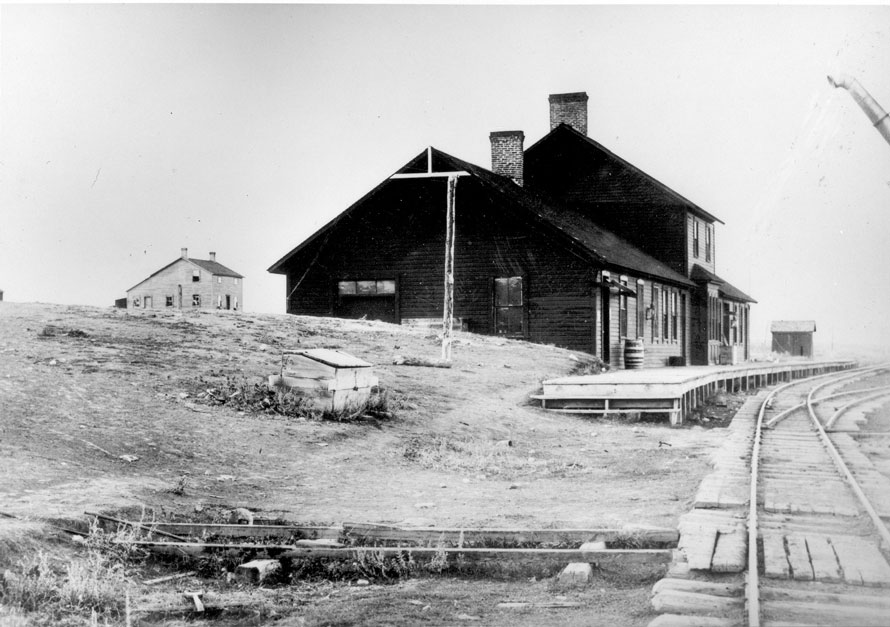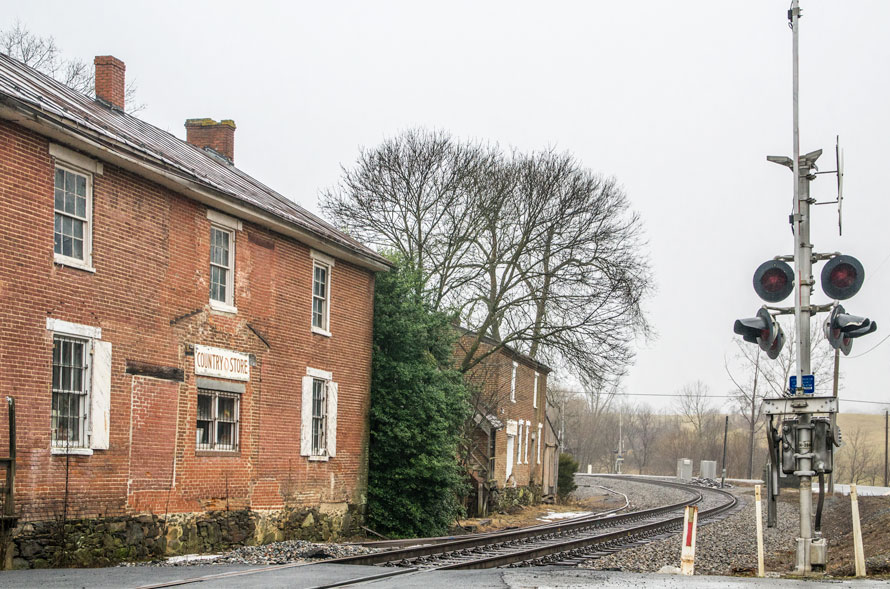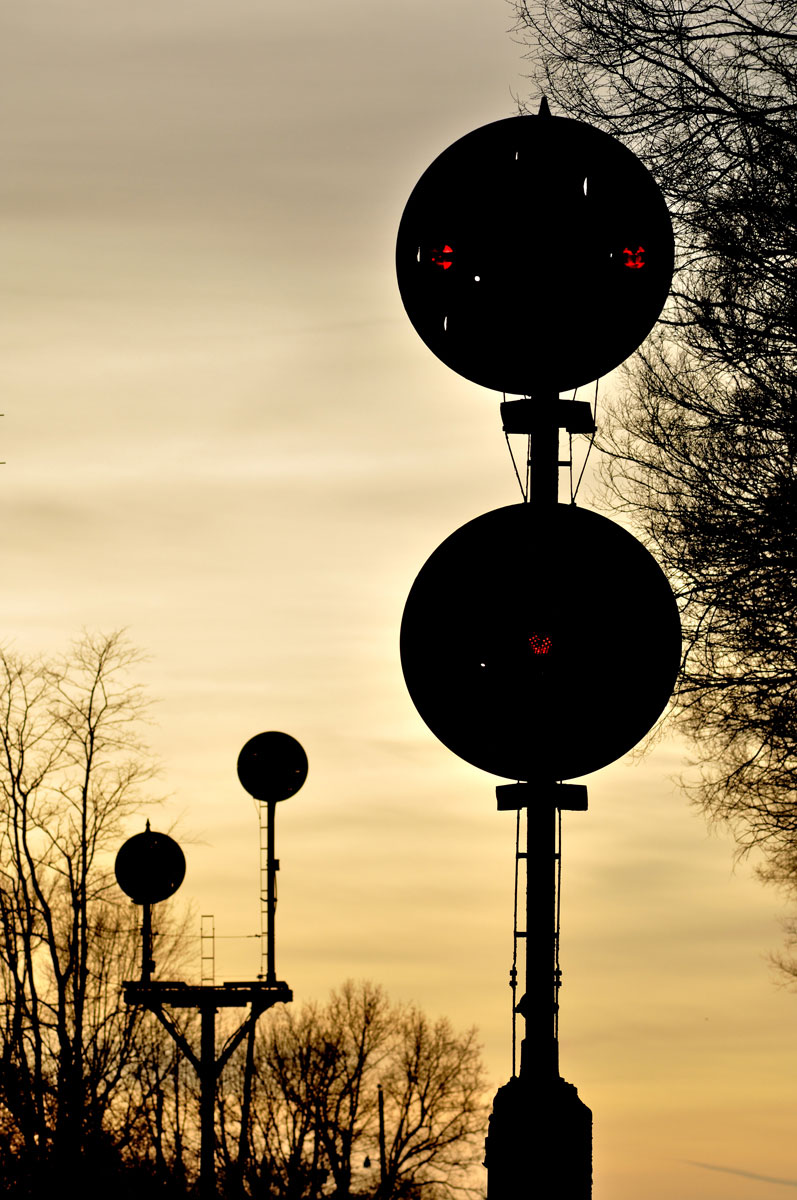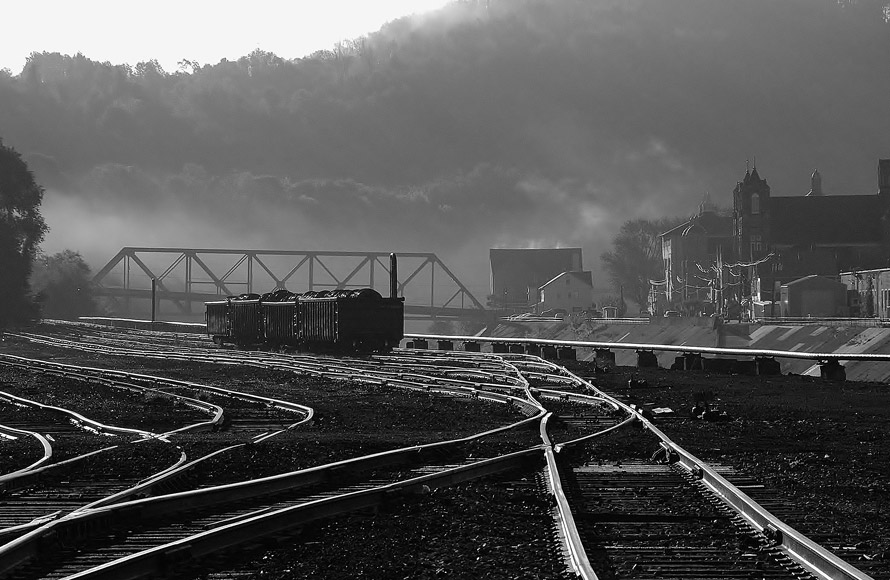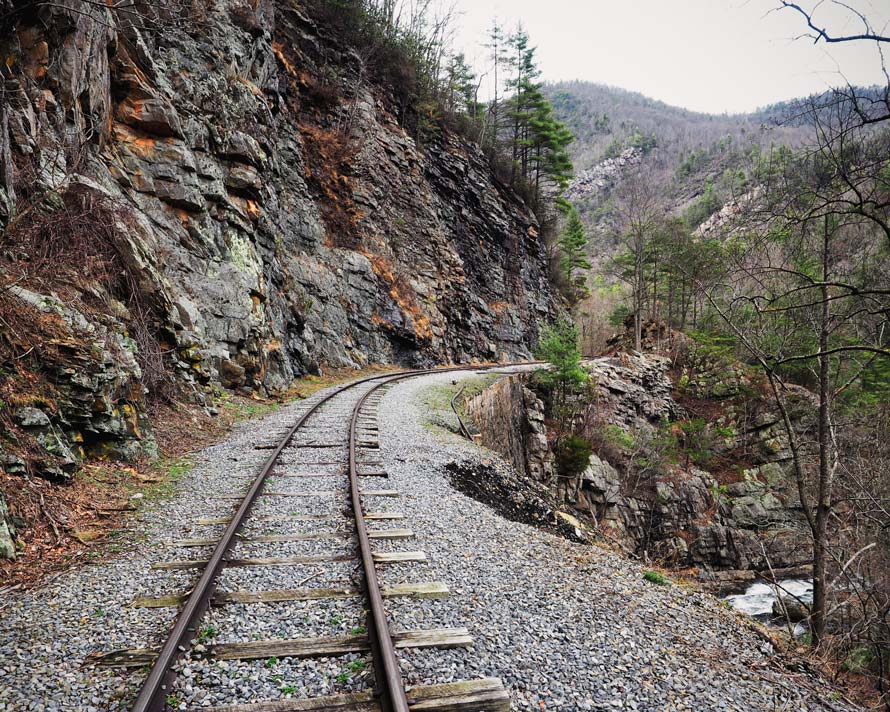
The East Tennessee and Western North Carolina Railroad (ET&WNC) was a mainly narrow gauge line that ran from Johnson City, Tennessee to Cranberry, North Carolina. The original intent of the line was to haul high-grade iron ore from the mines at Cranberry to transfer points in Johnson City. The ET&WNC began operations in 1881 as far as Cranberry, and by 1918 the railroad reached Boone, North Carolina. The ET&WNC was also laid with dual gauge tracks from Johnson City to Elizabethton, Tennessee and served two rayon plants there. The little narrow gauge served the people of the mountains faithfully for many years, and become known affectionately as “The Tweetsie.”
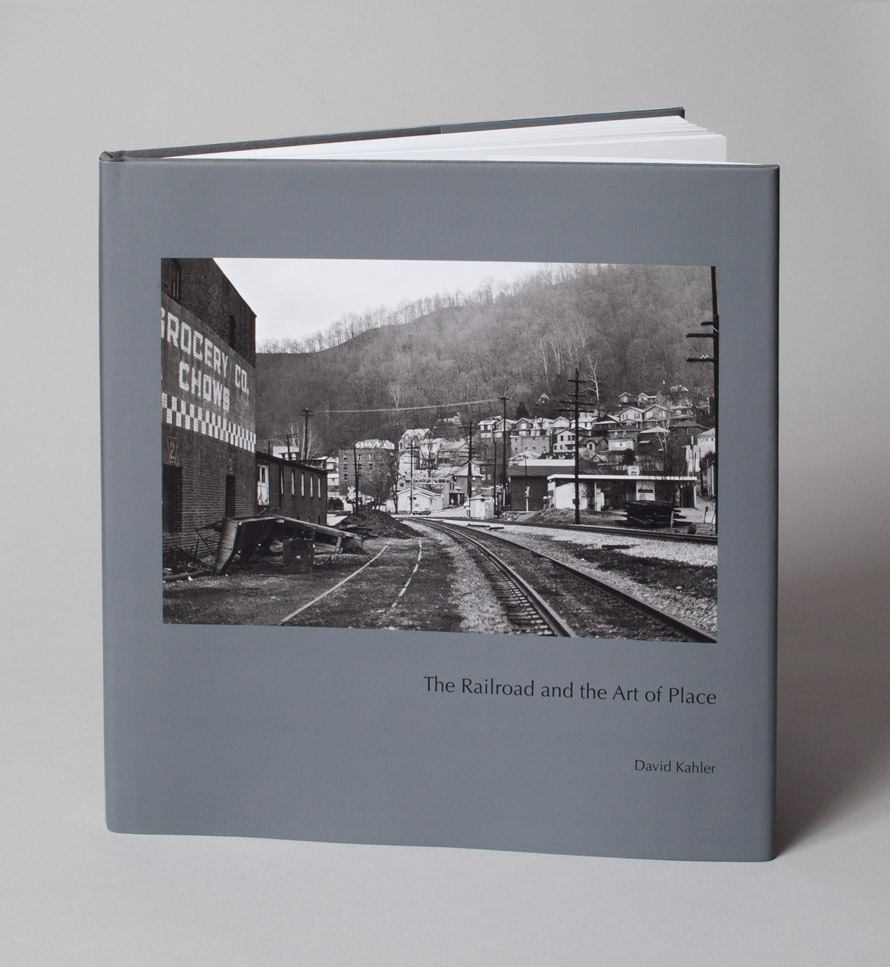
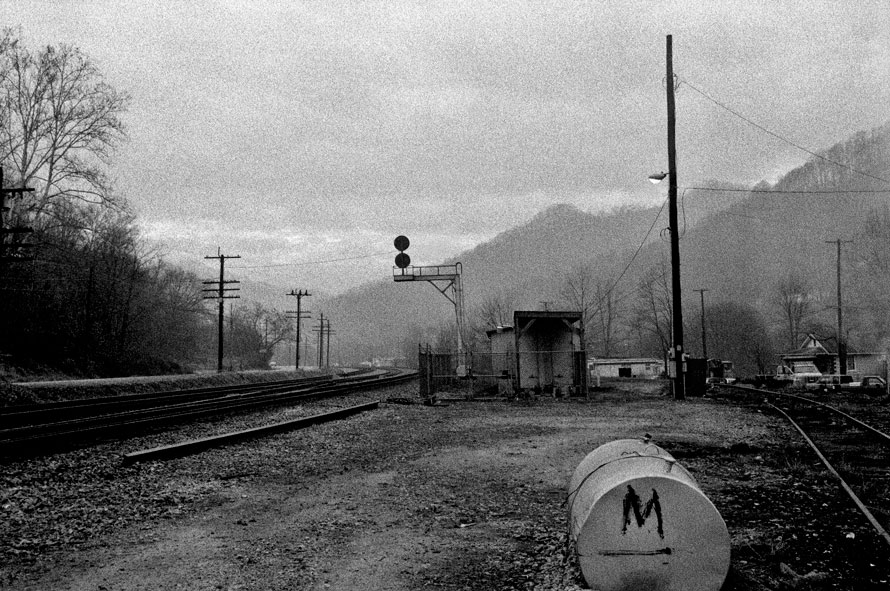 Jeff Brouws, in his essay which appears in the book (and is reprinted below), discusses Kahler's work in relation to the depression era work of the Farm Security Administration photographers, particularly Marion Post Wolcott, as well as the photographers of the more recent New Topographics movement. With its focus on the visual and cultural landscape shaped by the railroad, The Railroad and the Art of Place holds a unique place in the context of railroad photography, and indeed, transcends the genre.
With a broad appeal not only to railfans, but to anyone who loves great photography, this book will find a place in the library of railfans, artists, photographers and historians alike.
David has been generous to share his work on The Trackside Photographer in the past, and we are pleased to recommend his new book to our readers.
Jeff Brouws, in his essay which appears in the book (and is reprinted below), discusses Kahler's work in relation to the depression era work of the Farm Security Administration photographers, particularly Marion Post Wolcott, as well as the photographers of the more recent New Topographics movement. With its focus on the visual and cultural landscape shaped by the railroad, The Railroad and the Art of Place holds a unique place in the context of railroad photography, and indeed, transcends the genre.
With a broad appeal not only to railfans, but to anyone who loves great photography, this book will find a place in the library of railfans, artists, photographers and historians alike.
David has been generous to share his work on The Trackside Photographer in the past, and we are pleased to recommend his new book to our readers.